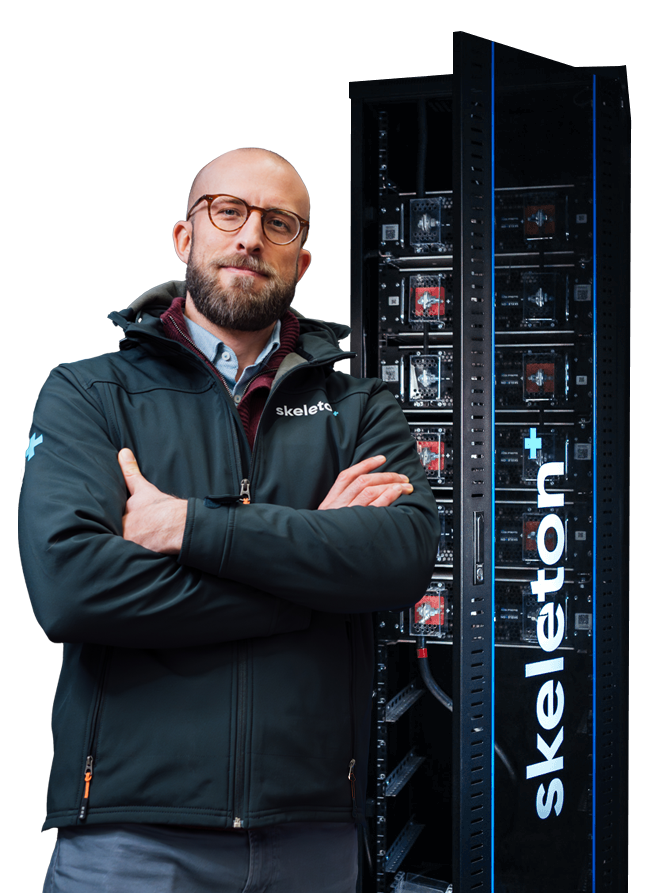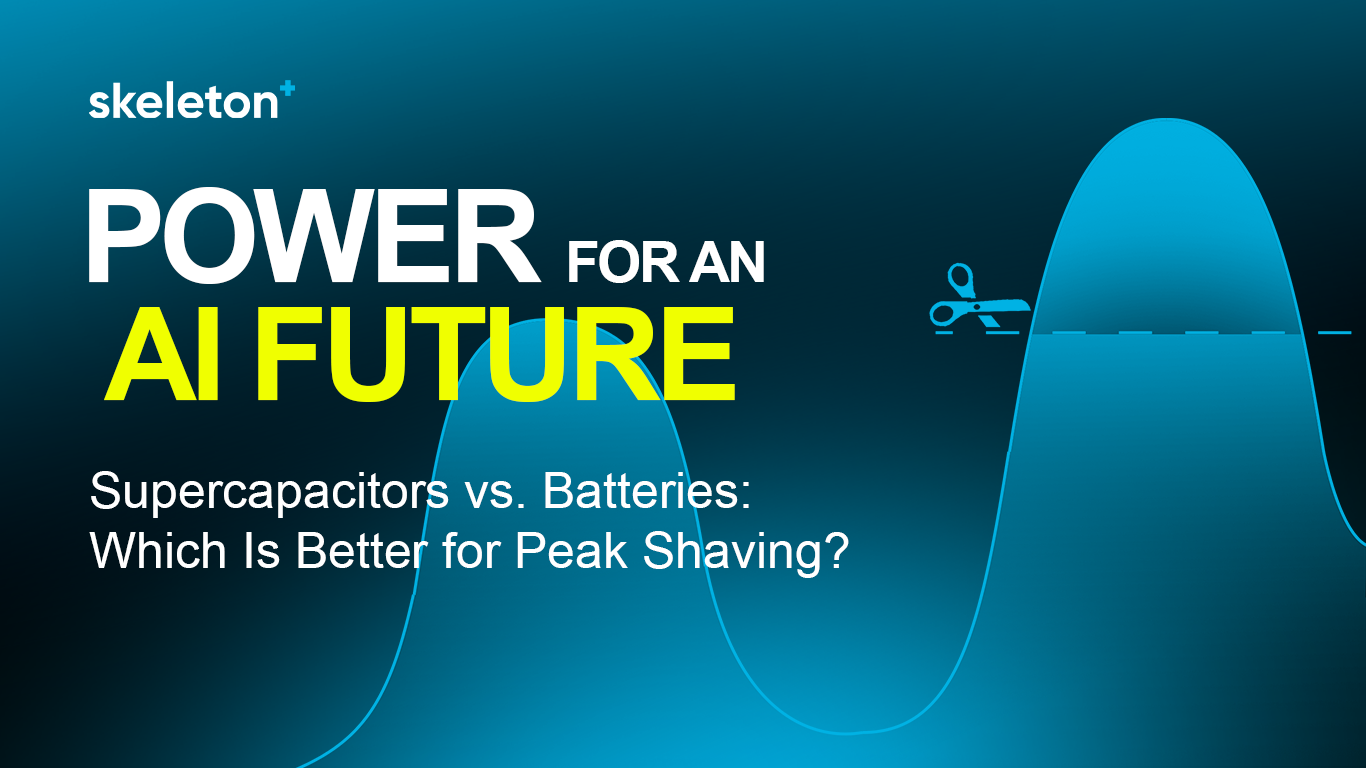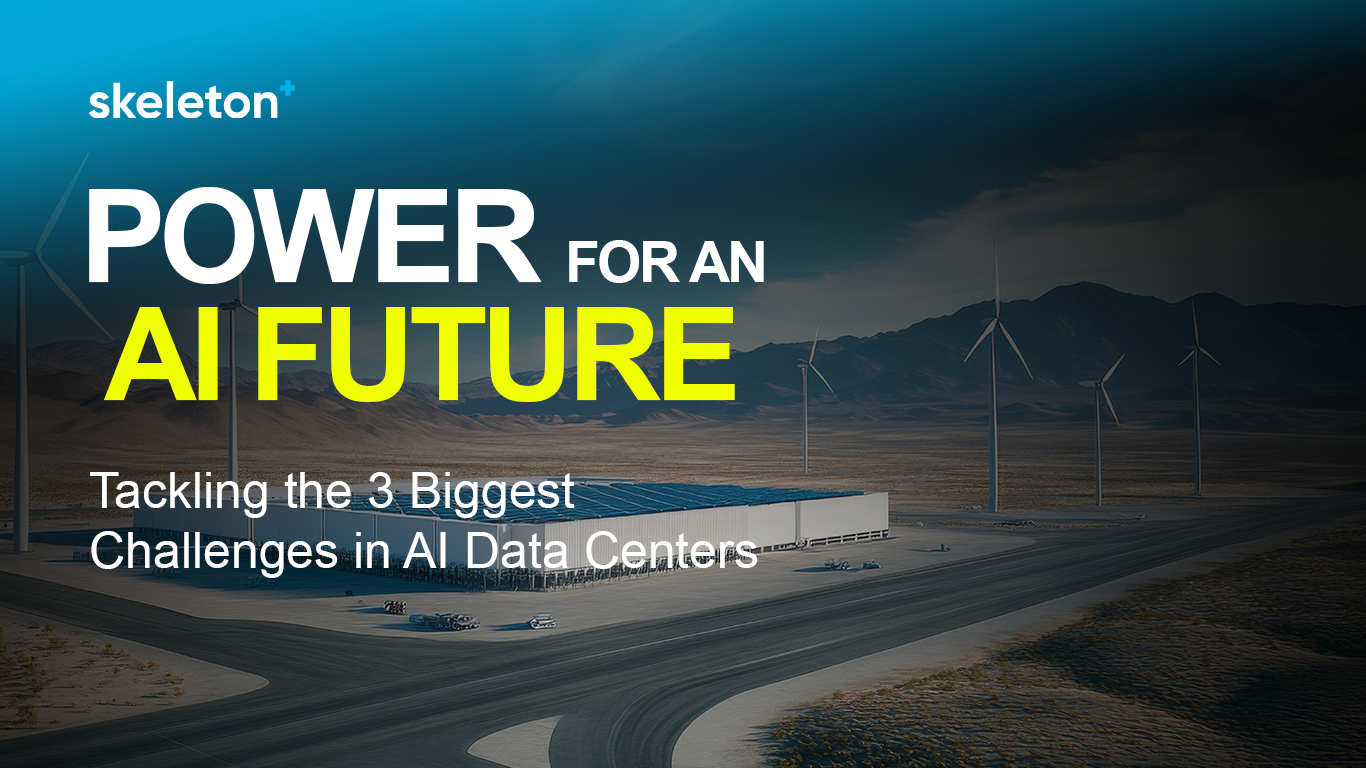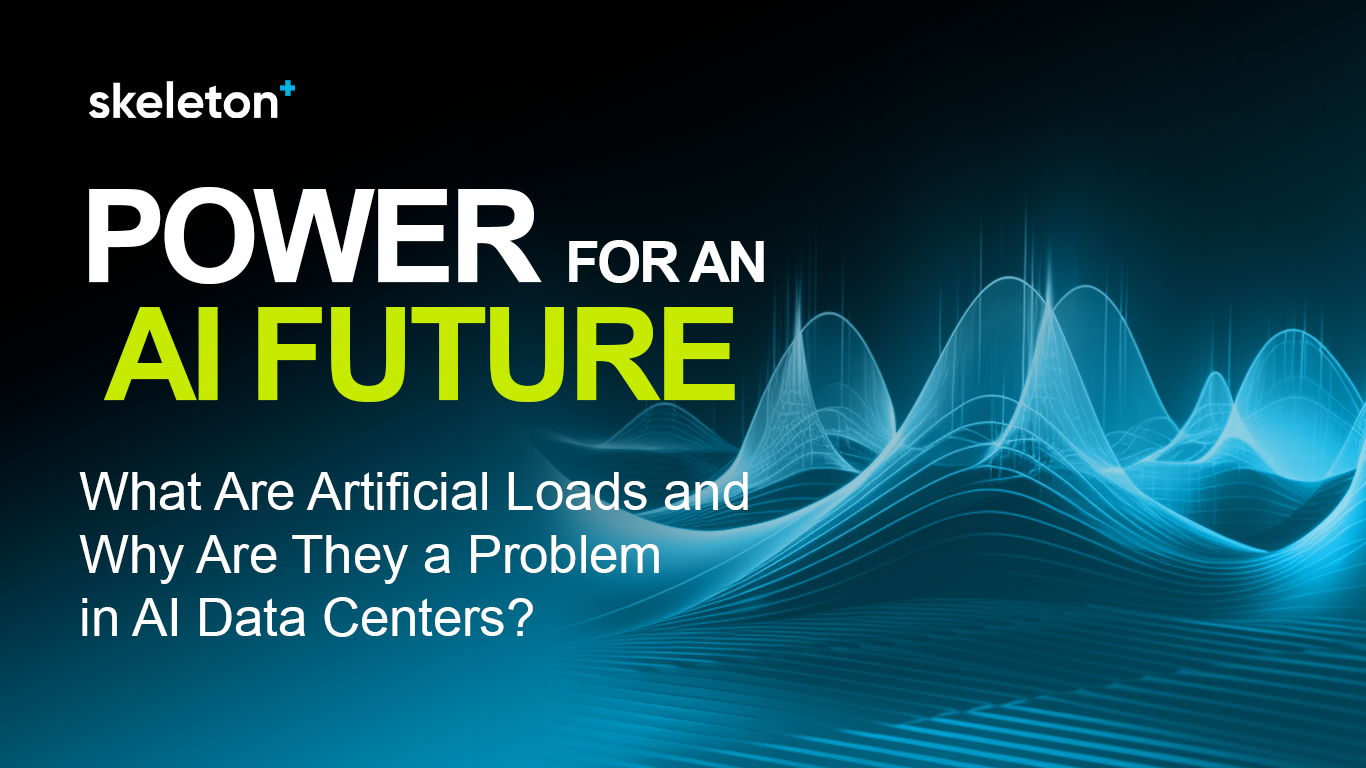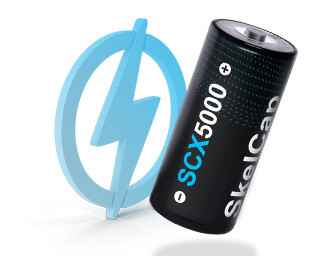
How Supercapacitors Ensure Grid Stability During AI Workloads
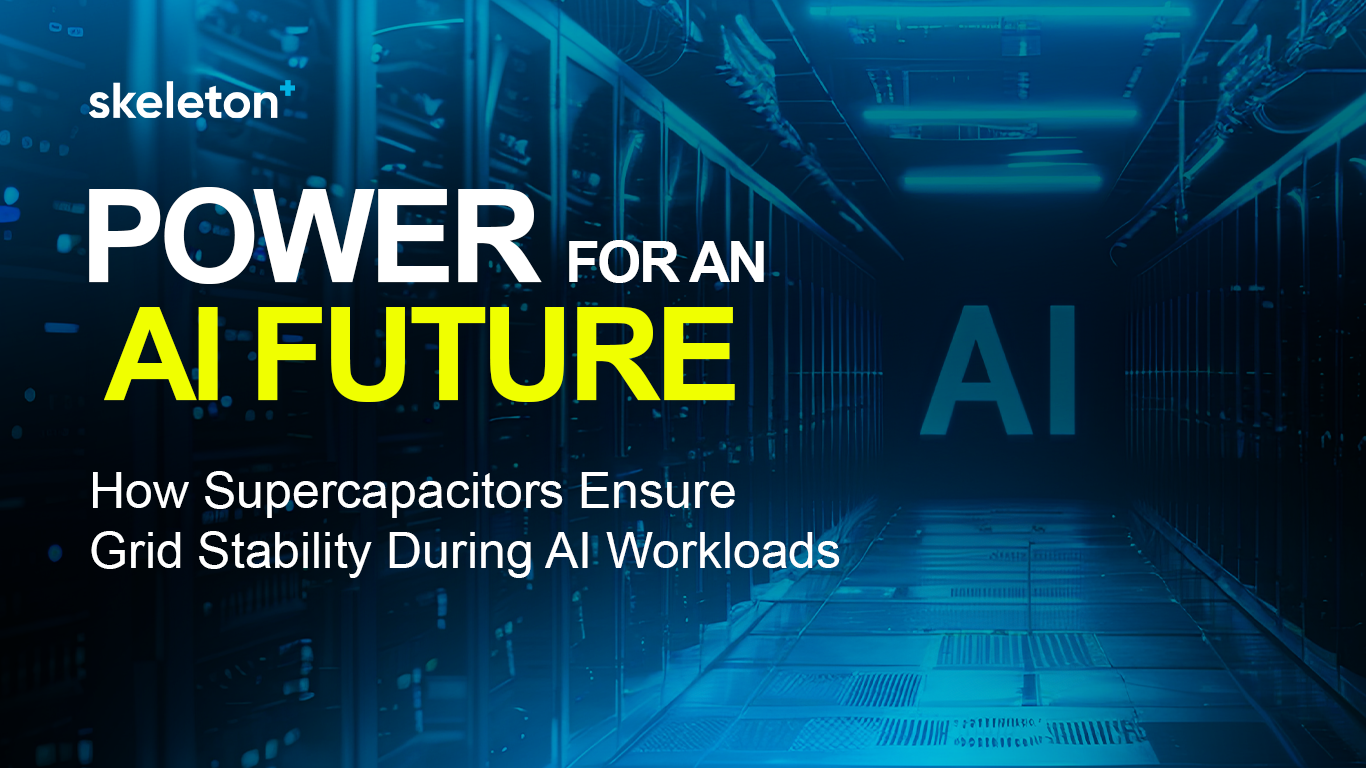
The global surge in artificial intelligence (AI) adoption is transforming industries and powering everything from autonomous vehicles to advanced chatbots. However, this digital revolution comes with a significant challenge: AI workloads are placing unprecedented demands on electrical grids, particularly through their impact on data centers. As these centers expand and AI models grow more complex, maintaining grid stability is becoming a critical concern.
The Growing Power Demands of AI
AI is now central to sectors like healthcare, finance, and entertainment. The computational backbone of these advancements is the data center, where thousands of Graphics Processing Units (GPUs) execute intensive AI training and inference tasks. These operations generate unpredictable and often massive spikes in power demand, with AI servers consuming up to five times more energy than traditional servers.

Unlike steady-state computing, AI workloads are highly dynamic—periods of intense computation alternate with idle times, creating rapid fluctuations in energy consumption. This volatility can overwhelm local power infrastructure, risking voltage dips, surges, or even outages.
Why Traditional Solutions Aren’t Enough
Conventional methods for managing these power surges, such as lithium-ion batteries or “dummy” computational loads, are increasingly inadequate. Batteries degrade rapidly under frequent high-rate cycling and are too slow to respond to millisecond-scale spikes. Dummy loads, meanwhile, waste energy and do not address the root problem.
Supercapacitors: A Game-Changer for Grid Stability
Supercapacitors, or ultracapacitors, offer a fundamentally different approach. Unlike batteries, which store energy chemically, supercapacitors store it electrostatically. This allows them to charge and discharge energy almost instantly, making them ideal for smoothing out the erratic power demands of AI workloads.

Key Advantages of Supercapacitors
| Ultra-Fast Response | Supercapacitors can deliver or absorb power in milliseconds, stabilizing voltage and frequency during sudden load changes. |
| High Power Density | They are capable of handling short, intense bursts of energy, which is essential for AI-driven power spikes. |
| Long Lifespan | Supercapacitors can endure millions of charge/discharge cycles with minimal degradation, offering a durable, low-maintenance solution. |
| High Efficiency | With charge/discharge efficiencies often exceeding 95%, supercapacitors minimize energy losses during rapid cycling. |
How Supercapacitors Support AI Data Centers
1. Smoothing Power Fluctuations
Supercapacitors act as a buffer, instantly releasing energy during spikes and absorbing excess during lulls. This stabilizes the power supply, protecting sensitive equipment and ensuring uninterrupted AI processing.
2. Peak Shaving
By discharging during periods of high demand, supercapacitors reduce the load on the grid, lower demand charges, and help prevent blackouts or brownouts. This “peak shaving” is especially valuable for data centers facing fluctuating AI workloads.
3. Reducing Grid Strain
Supercapacitors help decouple the data center’s power needs from the grid’s limitations, allowing for more efficient operation and reducing the risk of grid-wide instability.
4. Enhancing Sustainability
With their long operational life and minimal maintenance needs, supercapacitors are a more sustainable option than batteries. They are also well-suited to support renewable energy integration, stabilizing intermittent sources like wind and solar for AI data centers.
5. Immediate Backup Power
In the event of a brief power interruption, supercapacitors can supply immediate energy, reducing reliance on slower, less efficient backup generators or batteries.
Conclusion
The explosive growth of AI is driving up energy demands and challenging the resilience of power grids worldwide. Supercapacitors provide the rapid, efficient, and durable energy storage needed to stabilize these dynamic loads, ensuring that data centers can operate smoothly even as AI workloads become more demanding. As the digital landscape evolves, supercapacitors will play an increasingly vital role in maintaining grid stability and supporting the future of high-performance computing.

